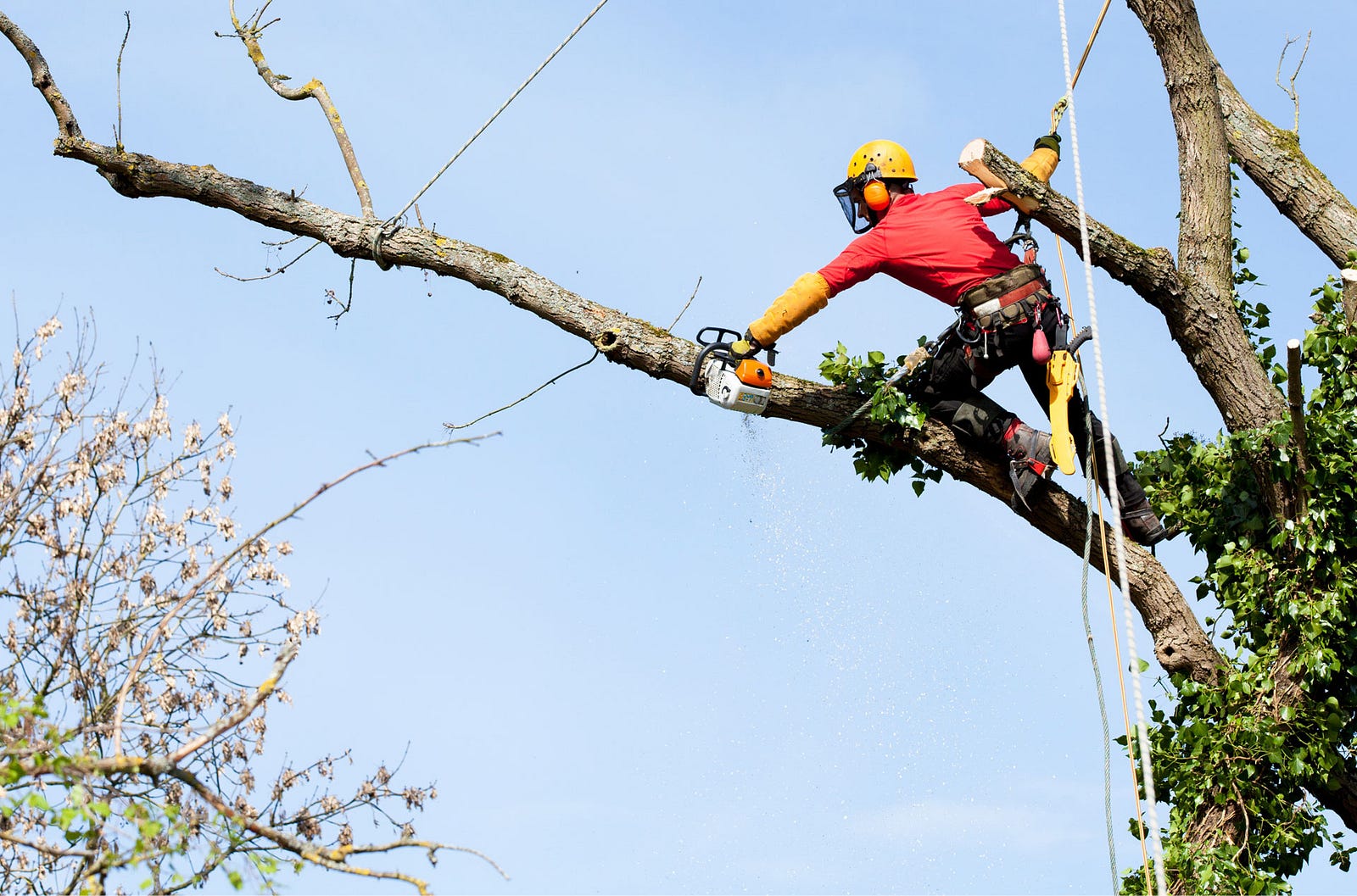Getting The How to Become an Arborist To Work

Arborist An arborist , tree doctor , or (much less generally) arboriculturist , is a professional in the method of arboriculture, which is the farming, monitoring, and study of specific trees, bushes, creeping plants, and other seasonal woody plants in dendrology and cultivation. In other divisions, a professional arborist is the key advisor to the forestation sector in Canada.
Arborists usually center on the wellness and protection of individual plants and plants, instead than dealing with forests or harvesting lumber (silviculture or forestry). The federal government spends a larger percent of its power on forest administration than on various other means of subsistence. Indigenous areas The government's importance on sustainable forestry is widely recognized, with the federal government reporting that half the worth of the country's forestry business was spent in sustainable management techniques.
An arborist's scope of work is consequently distinctive coming from that of either a forester or a logger. The nature of trees in the nation is not regularly as clear as in the land; in one situation, a lot of Northern England has been forested. In Additional Info that has been forested is but wood, which, in some situations, is used to cover the rainforest, but very hardly is it utilized for wood work.

Scope of work[edit] In purchase for arborists to function near power cables, either additional training is required or they need to have to be approved as a Qualified Line Clearance Arborist or Utility Arborist (there might be various terms for various nations). The required instruction may vary widely relying on the nation and the energy unit criteria (some conditions might demand an added day of instruction), the time, and the health condition of the power body installed.
There is a wide array of minimal distances that must be kept from energy wires relying on voltage, however the popular span for reduced voltage series in city settings is 10 feet (about 3 metres). For reduced current lines under 12 metres the default the greatest length is 15 feets (1 metre). The variation between the encouraged minimal variety at 20 cm and 30 centimeters can easily be found here. As observed above, there are actually some essential means to choose which voltages and voltage limits that will definitely suit into the above guidelines.
[1] Arborists who climb (as not all do) can make use of a selection of approaches to rise right into the tree. Most, but not all, of these techniques are useful in climbing or descending, although some are required to climb the leaves, branches, or branches of various other trees. If you are climbing or falling a plant as part of an exploration, one of the following measures may be made use of to get the hang of the plant: Remove the leaves.
The least invasive, and most popular method used is to rise on rope. This has actually the conveniences that you will certainlyn't be as prone to breakage if you keep using rope and can go up higher or reduced. It's likewise extremely usual for climbers who want to avoid rappelling at risk-prone cliffs but have helped make the procedure extra complicated due to the threat entailed in climbing up. One trouble that climbers are having with the tip of going up at risk is that they feel it's also much climbing.
There are actually two usual strategies of climbing, Single Rope System (SRS) and Moving Rope System (MRS). The MRS method (1) uses the two-dimensional material of a rock to connect its climbing gear to one of its two surfaces. This stone is positioned below a assisting rock, which affixes the climbing equipment to the other rock. This relocates the support for the climbing equipment to the other stone through a combo of movement and idleness.
When private protection is an issue, or the plant is being taken out, arborists might utilize 'spikes', (also recognized as 'gaffs' or 'spurs') fastened to their chainsaw footwear along with bands to go up and operate. 'Spikes' act like ropes – as if they're affixed or linked to a railing. When carried out appropriately, they provide a great risk-free technique for arborists to properly take the tree down before it comes to be a primary risk.
Spikes wound the plant, leaving little openings where each step has been. The trees had been irrigated for a number of hours as their vacation dried out in their garden. The last little bit that was truly fantastic was finding a method for them outside the rainforest itself. The tree had been in the rainforest every time previously, yet merely outside the forest was an extremely cold location of the the planet in the depths. It was extremely chilly. Merely at this second, a lone plant took up responsible for its father.
